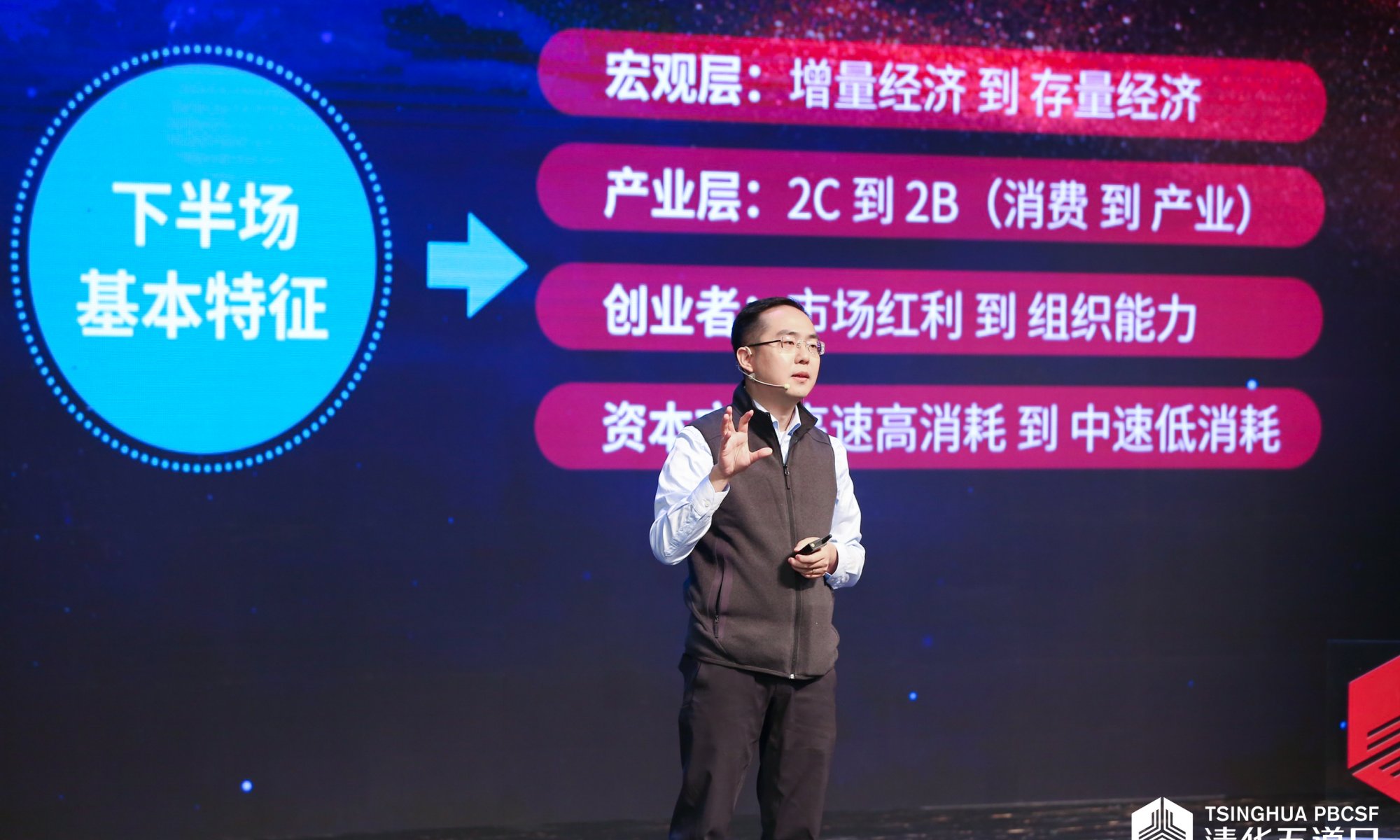During the last few days, COVID-19 has spread throughout the country. The grave situation in concerned areas is affecting people’s morale.
On January 26, 2020, in order to help and support medical personnel that are fighting the virus on the frontline across China, Source Code Capital donated RMB 3 million to a Bytedance-anchored humanitarian SPV (in collaboration with the China Red Cross Foundation). This donation has the goal of supporting frontline medical staff who risk their lives to fight the coronavirus. In the meantime, Source Code Capital called upon all Code Class members (individuals and businesses alike) to contribute within their abilities to the fund, as a collective offer of compassion.
As of January 27, 2020, Code Class members have donated another RMB 1+ million. Those members included Baibu, Che300, Casstime, Ruigushop, Simple Pieces, Yimidida, Zhaomei, Zhongneng United, as well as Chuxin’s CEO Liu Changyi, Yishen’s CEO Huang Yiran, and Zhongneng United’s CEO Yang Tianli, who personally donated RMB 125,000. Source Code Capital employees also contributed and donated RMB 71,024.
“Contain the virus, but spread the love.” In this severe situation, the Source Code community responded quickly, leveraging their industry resources and platform advantages in order to actively deploy humanitarian, material and financial resources. They coordinated their networks, merged the relevant online and the offline parties to help flatten the epidemic outbreak, and increase prevention and containment through practical actions.
Industrial Internet Portfolio Companies Leverage Their Industrial Advantages to Aid the Fight Against COVID
As an enterprise anchored in the pharmaceutical supply chain infrastructure of Hubei, XiaoYaoYao actively cooperates with the Health and Family Planning Commission and the Drug Administration to fully ensure a constant flow of medical supplies during Spring Festival in the province. All employees responded and came together to help during this special time, and a crisis meeting was held on January 22, 2020. The company’s founder, Li Meng, rushed to the frontline to coordinate the command chain herself in order to make sure supplies were provided to the medical workers as fast as possible.
After receiving the demand for masks from XiaoYaoYao, Ruigushop dispatched its employees on January 22, 2020 to re-allocate a total of 80,000 masks of type N95 / N90, from its own warehouse. All of these were delivered to XiaoYaoYao to first support Wuhan. Code Class members truly achieved a high level of cooperation, help and mutual assistance.
Top-class Domestic and International Collaboration Ensure Delivery of Supplies
YQNLink set up a special working group on January 23, 2020, to take advantage of its own international logistics platform to actively assist major domestic enterprises and institutions. It transports all levels of biochemical protective clothing, masks and other medical supplies from the United States, Britain, Japan, Brazil, Germany and other places, to China. Currently, 70,000 protective clothing units and nearly 100,000 masks are being shipped, or about to be shipped. This special project team overcame the inherent difficulties of working across different time zones and regions. This team has been on duty since Chinese New Year’s Eve, barely taking a few hours of rest a day, in order to ensure that all international supplies were able to reach ports as soon as possible.
Determined to support the prevention and help control the epidemic, Yimidida decided to start its new subsidiaries. On the first day of Chinese New Year, UC Express and Yimidida Express opened, providing a green channel for rescue materials transportation and distribution to Wuhan for free, nationwide in China. Yimidida promised to fully support the people of Wuhan in fighting COVID-19 until the supplies situation get back under control.
Helping the Frontline Medical Staff
On the first day of Chinese New Year, ByteDance decided to donate RMB 200 million to the China Red Cross Foundation. This special donation is to help fund humanitarian assistance for medical personnel fighting against the epidemic. This money will complement government guarantees and provide closer protection and insurance for frontline medical staff.
On the same day, Ziroom opened the Wuhan Ziroom station graciously to medical workers. The station is located next to the hospital in charge of the epidemic diseases (next to the river bank), and comprised of a total of 35 rooms accommodated with 265 beds. This station will provide a rest and recovery haven to those working tirelessly on the frontline.
The Meituan Public Welfare Foundation announced on January 26, 2020, that it would donate RMB 200 million to create a special national fund for medical care and support. The fund will cooperate with all relevant professional institutions to carry out targeted support and assistance. This will include services such as medical supplies procurement, humanitarian assistance, care and encouragement, which are much needed, to the front-line medical workers.
Today, Ke.com (BeiKe) confirmed the donation of RMB 10 million to the China Red Cross Foundation and Casstime donated RMB 500,000 for the procuration of urgently needed medical supplies and other medical equipment. This donation will also be fully supporting epidemic prevention and control, and praise the valiant medical staff fighting on the front lines.
To ensure the safe supplies of nutritious fresh fruit in Wuhan, Pagoda actively gathered various medical supplies. Today, the 100,000 pairs of masks shipped at the start of the Chinese New Year have been delivered to Wuhan hospitals. At the same time, an additional donation of RMB 1 million was used today to provide front-line material support in multiple infected areas. The United Aid Foundation will be shortly implemented and it aims to distribute a hundred tons of Korla pear in affected areas. All are making the necessary efforts with the undying hope that the situation will improve soon.
Thousands of Doctors offer Online Consultation to Reassure Chinese Citizens
On January 21, 2020, Weimai established a “Special Action Team” to actively organize human and material resources, such as coordinating the delivery of various medical supplies like masks and protective suits. On the last day of Chinese New Year, a “Prevention and Control Platforms for COVID-19” was launched in various cities across the country. With this initiative, legitimate experts from within relevant departments of local hospitals were available to answer public questions online to relieve the fear of the patients and the public. So far, Weimai has joined hands with local authorities in over 20 cities across the country. Thousands of doctors have voluntarily given free consultations, and the numbers of online demands exploded, exceeding 100,000.
Local Services Guarantee “Normal” Daily Life in Epidemic Areas
On the second day of the Chinese New Year, Yimutian announced that its delivery subsidiary will ship nationwide produced agricultural goods to help ensure local market supplies. It is estimated that approximately a total of 300 tons of fresh food will be steadily delivered to Wuhan this week. At the same time, Yimutian promised to do its utmost best to provide affordable goods to people located in affected areas. In order to do so, the agricultural products green channel has been swiftly opened to fully support the Hubei province.
Since the epidemic outbreak, various businesses, part of the Meituan ecosystem, have tried their best to provide protection to medical personnel and people alike in Hubei. The platform proactively contacted catering merchants to provide 1,000 free meals every day to the front-line personnel. Over 300,000 Meituan bikes were graciously made available for usage to Hubei medical staff and other various epidemic prevention and control teams. The Meituan-Dianping App provides free psychological counseling and counseling services for medical workers and patients online. They also arrange real-time online inquiry services for designated hospitals and clinics across the country. Meituan Takeaway has launched the “Zero Contact Distribution” initiative in Wuhan. Meituan Flash Shopping is still providing users with instant delivery services for foods, medicines, daily-use FMCG products, etc. Meituan Vegetables has made every effort to maintain the normal operation of its twenty-two Wuhan sites to support the daily needs of its residents.
With the rapid progression of the epidemic, both the Nation and its people are silently dedicating themselves to win this war against this new enemy. On New Year’s Eve, medics gathered their strength, medical teams from the provinces and the cities, and flew to the front line. This is a new kind of “war,” one that cannot be won with guns, but that requires solidarity and dedication. To this end, Source Code Capital and its Code Class member companies make full usage of their Internet, industrial, ecological and technological capabilities to help give the people hope, appease their fears and anxiety, and make sure that China will triumph.
We believe in the power of teamwork, professionalism, and perseverance. We are grateful to our portfolio companies and Code Class members for enabling us all to work together and do what we can, right here, right now. Together we will weather the storm!
















